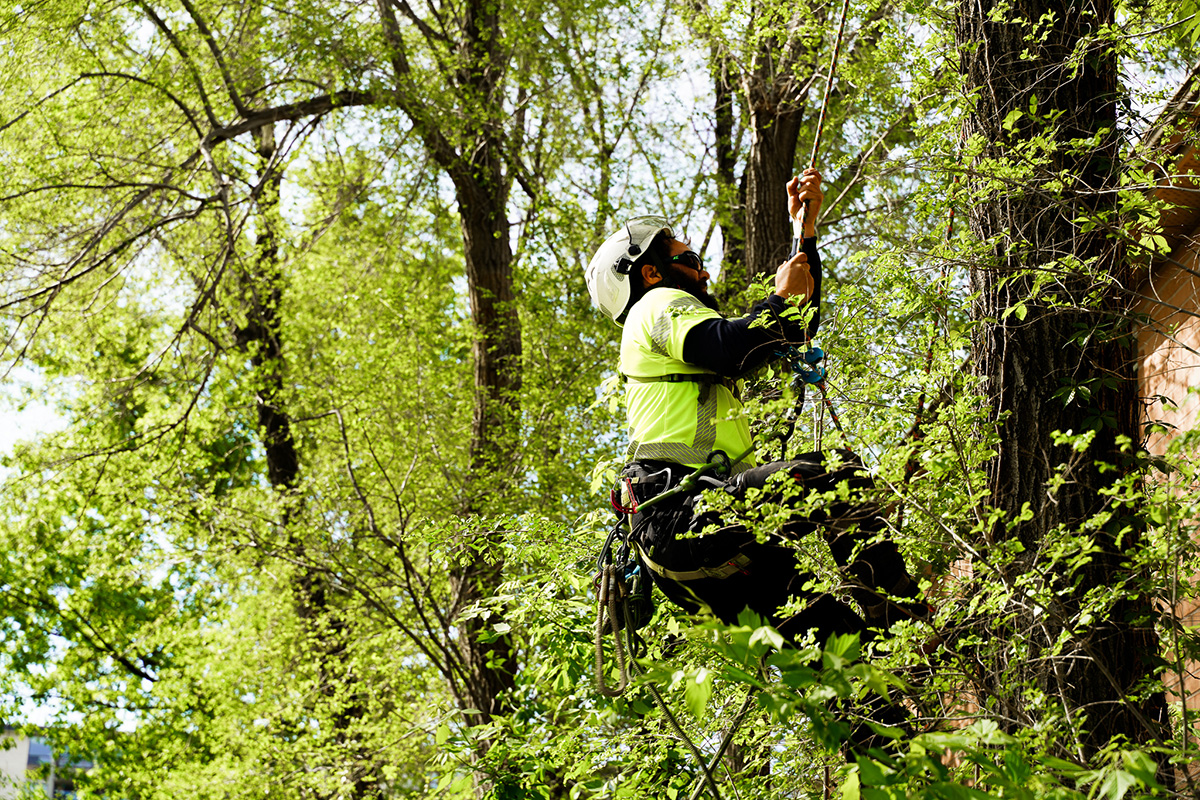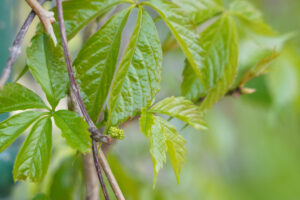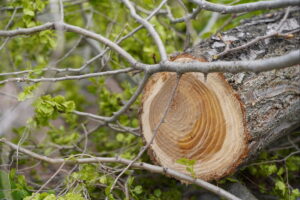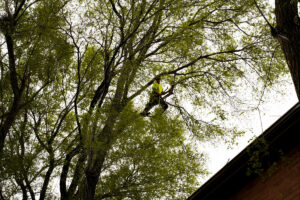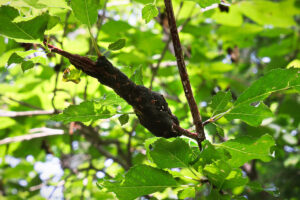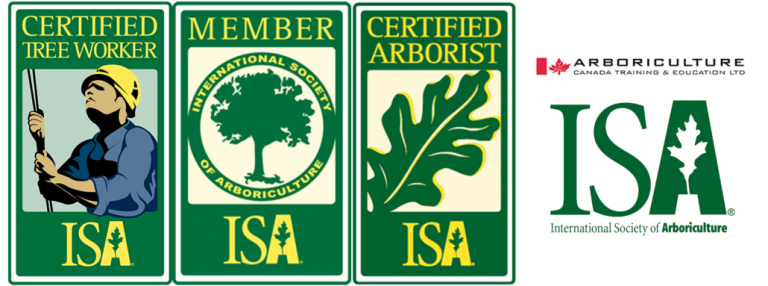Regular and proper tree pruning is an important part of every tree’s care. It ensures the long-term health and beauty of the trees on your property. However, pruning is also a delicate art because it means removing parts of a living tree. As a result, we’ve seen more than a few pruning mistakes. Some of these were easily remedied, but others led to serious long-term consequences for the tree. To help you with your Ontario pruning, we’ve determined the top 8 pruning mistakes and explain how to avoid them. Of course, the easiest solution for all of these is to have professionally certified arborists, like our team at Advanced Tree Care, regularly prune your trees.
1. Pruning in the Wrong Spot
This is one of the easiest and most common pruning mistakes we see. Pruning is not simply cutting down a branch to a desired length or fully removing it. Cutting in the wrong spot can lead to die-back, harm future growth, or leave a wound that exposes the tree to disease. The typical rule is to cut about a ¼” above a bud when reducing a branch’s length. If removing full branches, side branches should be cut at the collar where the branch splits off from the main branch or trunk. Cutting farther up creates a stub, which is too far from the tree’s healing spots, while cutting into the collar will prevent it from healing.
2. Using Blunt or Damaged Tools
A craftsman is only as good as their tools, and it’s the same for tree care. A common mistake is using blunt or damaged tools to prune a tree. Pruning tools like saws or shears (for fine pruning) should always be sharp. If they are old and worn down, they won’t cut the branches cleanly and can tear at the bark. Instead, the blade will squeeze the branch, cracking the bark below the cut, which will expose other parts of the tree to pests or disease. After every prune, it’s best to clean and sharpen your shears before their next use.
3. Pruning at the Wrong Time
Regular pruning is essential for every tree, but a common mistake is pruning the tree at the wrong time of year. The main rule is not to prune when a tree is in its time of active growth. This is usually Spring and Summer. Instead, trees are often pruned when dormant. This depends on the region and its climate, but in southern Ontario, the best time to prune deciduous trees is fall to late winter. Some of these trees can also be pruned at certain points in the summer, after their initial growing period.
However, this isn’t a simple rule for every tree. A common mistake is thinking that all trees can be pruned at the same time. Since evergreens do not go fully dormant in the winter, they rely on their branches to absorb sunlight at a reduced rate. They are usually pruned in late winter, as well as, early summer after their primary growing period in Spring. Another important exception to fall and winter pruning is trees that are vulnerable to silver leaf disease, such as plum, peach, and cherry trees. These trees are deciduous and dormant in the winter, but silver leaf spores are most active during these seasons. As a result, pruning leaves on the trees exposed to infection. Instead, early summer is typically the best time to prune any peach, cherry, or plum trees in Southern Ontario.
4. Over-Pruning
Of course, pruning is important for a tree’s long-term health and beauty. However, another mistake we see is over-enthusiasm for the task. Pruning too many of the branches will reduce the tree’s wood and foliage, which it needs to stay healthy. If too much is pruned, the tree will have a stress response. This results in small and weak suckering branches that the tree uses to try and restore its food supply. The tree will then need considerably more care before it can bounce back. Rather than a lot at once, it is usually better to do more measured pruning regularly each year. Our arborists’ typical rule is to only prune within a third of the canopy, but it depends on the tree species. Some trees, such as willows, can handle much more.
5. Topping the Tree
This is a special case of pruning too much. Tree topping as the name suggests, is the removal of a tree’s top. This often includes cutting most of the crown and the main branch called the lead. Topping has often been done to prevent further vertical growth. However, these cuts often stress the tree, expose it to disease and pests, and weaken its structure. When looking to control a tree’s growth, it is always best to consult with certified arborists.
6. Not Checking for Disease
Pruning is a great opportunity to look over your trees in detail, so don’t make the mistake of not checking for any disease or pest infestations. You may catch these just as they are beginning and can prune them away before they become more severe. You may also find more serious issues and can contact Advanced Tree Care for help. We also recommend sterilizing tools after pruning off certain diseases, like fireblight. This will prevent further pruning from spreading the disease to other locations.
7. Damaging Other Parts of the Tree
While pruning, it’s an easy mistake to focus on the branch in front of you. However, that focus can lead to damaging other parts of the tree. In the process of removing branches, it’s a common pruning mistake to let the branches fall. However, when these fall, especially if they’re larger, they can damage other branches on the way down. This is a common error when using tree pruners on an extendable pole. For larger trees or pruning tasks, you should contact Advanced Tree Care.
We already mentioned how dull tools can split bark. Another common source of damage is when pruning away larger branches. When sawing at the collar, the weight of the branch could pull it down, tearing the bark on the main trunk and leaving the tree vulnerable. To prevent this, cut off most of the branch higher up and, of course, carefully remove it so it doesn’t damage others on the way down. Then cut the remaining stub at the collar. Removing most of the weight will prevent it from falling and pulling at the bark.
8. Not Pruning
Of course, the simplest pruning mistake we see all the time is not pruning. Regular pruning is important for a tree’s health and appearance. While there are some common mistakes that can happen while pruning, you should now have a sense of how they can be prevented. Of course, you can always ensure professional pruning for all your trees by contacting Advanced Tree Care’s expert team of arborists.

